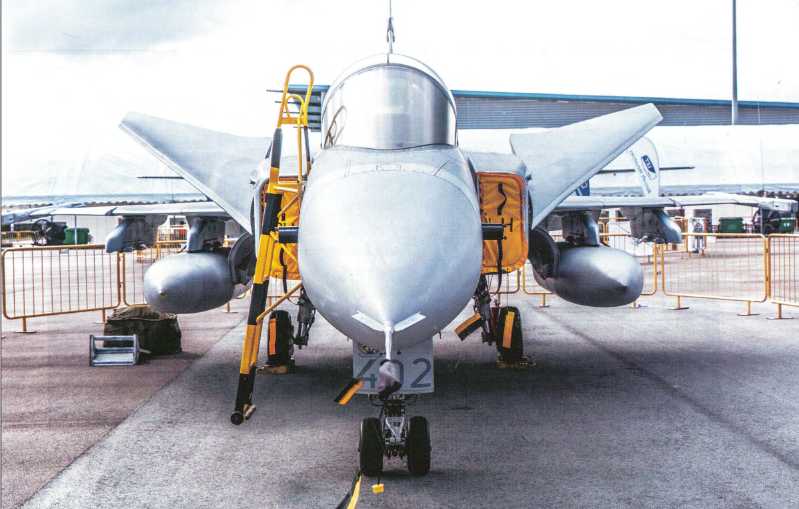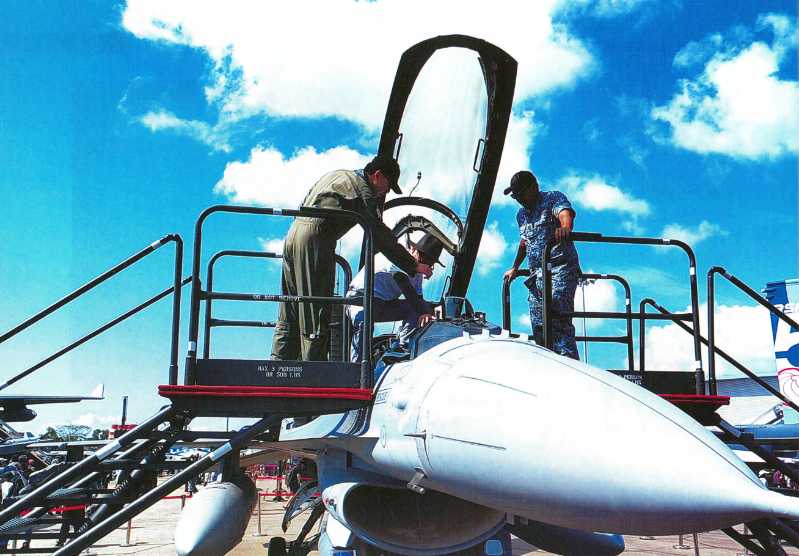In the early morning of October 7, 2023, the Hamas armed group fired more than 5,000 rockets (Israel said it fired more than 2,000 rockets) from the sky, landing in the southern part of Israel, and the Israeli army woke up from the dream. The Israeli intelligence agency Mossad actually said: "I know nothing about the situation", which shows that the Israeli army was unprepared before.
In this raid, Hamas not only deployed the "Swallow-2" drone from Iran for the first time to launch a sneak attack on military targets including the separation wall between Israel and the Gaza Strip, but also 1,500 Hamas armed personnel also took Weixiang powered parachutes to conduct airborne operations, cooperating with a large number of Hamas armed personnel who infiltrated Israel. Even at sea, Hamas also dispatched speedboat troops to cooperate in combat. The unprepared Israeli army suffered heavy losses, with more than 500 people killed and 1,500 injured.
People are amazed that Hamas, with a huge gap in equipment strength, has successfully carried out strategic deception under the nose of the Israeli army, concealing such a large number of rockets and launching a large-scale land, sea, air and ground three-dimensional attack, causing heavy damage to the Israeli army. From the results of the war, it looks like this, but after carefully analyzing some of the things that happened in the Fourth Middle East War 51 years ago, it is difficult for people to attribute the success of this raid entirely to the success of deception measures.
One of the reasons why Hamas’s raid was successful is that the world-famous intelligence agency of the Israeli army, "Mossad", did not receive any intelligence in advance, which led to the Israeli army’s lack of sufficient vigilance and failure to take preemptive military action.
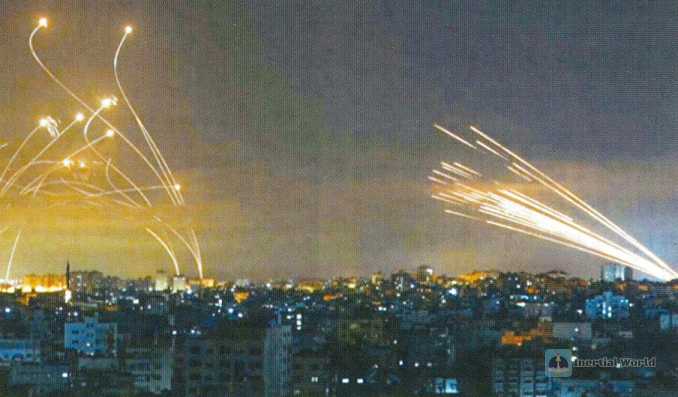
Sadly, before the Fourth Middle East War 51 years ago, Mossad also made a big mistake. It had received military intelligence that the Egyptian and Syrian armies were preparing to launch a large-scale attack on Israel, but it made a wrong judgment and failed to remind the Israeli army to put all troops on alert in advance, resulting in a heavy price.
A textbook-like "strategic deception" plan
A successful strategic offensive operation cannot be separated from a series of deception operations in the early stage. Only by making the fake become true and letting the opponent relax their vigilance can the effect of winning by surprise be achieved. From the perspective of tactical deception, Sadat, the new Egyptian president who succeeded Nasser after the "Six-Day War", is a classic in formulating a "strategic deception" plan.
Under Sadat’s instruction, in January 1973, the Egyptian Ministry of Foreign Affairs and the Ministry of Intelligence successfully developed a strategic deception plan after six months of preparation.
They first deliberately leaked some fabricated false information to foreign newspapers through various channels. For example, British newspapers widely reported that the latest SAM-6 surface-to-air missiles and AT-3 anti-tank missiles sold by the Soviet army to Egypt had serious quality problems, and the Egyptian army was careless in maintenance, resulting in false reports that these missile units were ineffective and could not form combat effectiveness.
Sadat later said with satisfaction: "At the same time, Israel received reports that the large-scale withdrawal of Soviet experts starting in May 1972 made Egypt’s missiles worthless. They may have made a wrong judgment based on this situation.
From the diplomatic point of view at that time, Sadat’s deception plan not only successfully confused the Israelis, but also misled the then new US Secretary of State Dr. Henry Kissinger.
At the Middle East Foreign Ministers’ Meeting held in New York from the end of September to the beginning of October 1973, Dr. Kissinger first met with the foreign ministers of most Arab countries collectively, and then met with Egyptian Foreign Minister Mohammed Zayat alone to test their attitudes. A few days later, on October 4, Israeli Foreign Minister Abba Eban met with Dr. Kissinger, and the report on the border situation he received was exactly the same as the report Israel received: "The Egyptians are busy conducting exercises, and the Syrians are taking preventive measures to prevent possible attacks by the Israelis. ”
Dr. Kissinger said excitedly: “Zayyat’s response is gratifying. He is ready to come to Washington in November. There will be no drama in October. ”
Today, we have no way of knowing whether Zayed deliberately gave Dr. Kissinger an illusion when he met with him, knowing that the battle plan had been formulated. In short, Zayed, who was originally scheduled to speak to the conference on October 4, unexpectedly missed the meeting for a reason that has not been explained so far, and postponed his speech to October 11.
From a military perspective, Sadat’s "strategic deception" plan not only deceived Israel and the United States, but also kept the vast majority of Egyptian soldiers in the dark.
According to the post-war investigation of more than 8,000 Egyptian prisoners of war captured by the Israeli army, only one Egyptian prisoner knew on October 3 that the preparations ahead were for a real war: four on October 4 One of them only learned about the war on October 5. According to the Israeli military’s statistics, more than 95% of the Egyptian soldiers before the war, as well as the 13 captured Egyptian colonels and lieutenant colonels, did not know until the morning of October 6, the day the war was about to start, that the exercises they were conducting were actually preparations for war and that they were about to attack Israel.
An Egyptian colonel later recalled the situation when he saw Egyptian planes flying over the Third Army Headquarters at 14:00 on the afternoon of October 6 and flying towards the Israeli front. He asked his brigade commander: "What’s going on?" The answer he got was "Go ask the general." He turned to where the general was standing and saw him kneeling and praying in the direction of Mecca. This was the first hint of war he got.

Lieutenant Abdul Raviv Ibrahim, who commanded a platoon of the 16th Brigade of the 16th Infantry Division of Egypt, realized that this was a war when he took out 20 rubber boats from a special wooden box and transported them to the canal a few minutes before the attack. It turned out that they thought it was just part of an exercise.
Summarize the lessons and study seriously, and cleverly transport troops to cover up the truth.
It is said that summarizing experience and lessons and strengthening daily training are of great significance to improving the combat effectiveness of the troops.
The Egyptian army, which suffered a great loss in the "Six-Day War", changed its mind and conducted a lot of research on Israel’s military theory and military thinking. It not only studied the Israelis’ thoughts in depth and detail, but also closely watched the Israeli army’s every move in the "Bar Lev" defense line opposite the front line. All the Israeli military exercise areas were marked in detail on the map. From a tactical point of view, the Egyptian army was well-prepared for what measures the Israeli army would take once the attack was launched. For example, how an infantry battalion could seize an Israeli fortification support point on the other side of the canal. The Egyptian army built the same fortification and sand table model. A detailed tactical plan was formulated and countermeasures were prepared.
Based on previous lessons, considering that the Egyptian infantry was very vulnerable to attacks by Israeli armored forces after crossing the canal, the Egyptian army came up with a way to significantly increase the number of anti-tank weapons, far exceeding the normal number of front-line troops. From the PHT-7 rocket launcher at the company level, to the B10 and B11 recoilless guns at the battalion level, to the "Sager" (AT-3) anti-tank missiles at the brigade level.
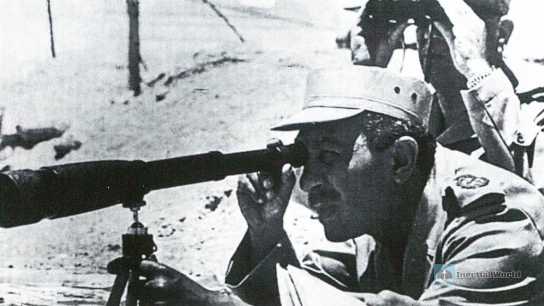
How could Egyptian soldiers conduct actual combat training without arousing suspicion from the Israeli army when deploying such a large number of anti-tank weapons at the front line? This became a big problem. To this end, the Egyptian army came up with another good idea.
The Israeli soldiers monitoring on the other side of the canal were surprised to find that every day during the day, there were Egyptian simulated trucks driving to the front line and retreating to the rear at night. These seemingly "harmless" military trucks equipped with missile simulators inadvertently became important training tools for the Egyptian army’s "Sager" anti-tank missile operators. Every day, they lined up outside the vehicles equipped with missile simulators to conduct long-term tracking of Israeli tanks. This boring training method was repeated from top to bottom in the Egyptian army until the actions of every Egyptian soldier operating anti-tank missiles became conditioned reflex actions, until the war was about to start.

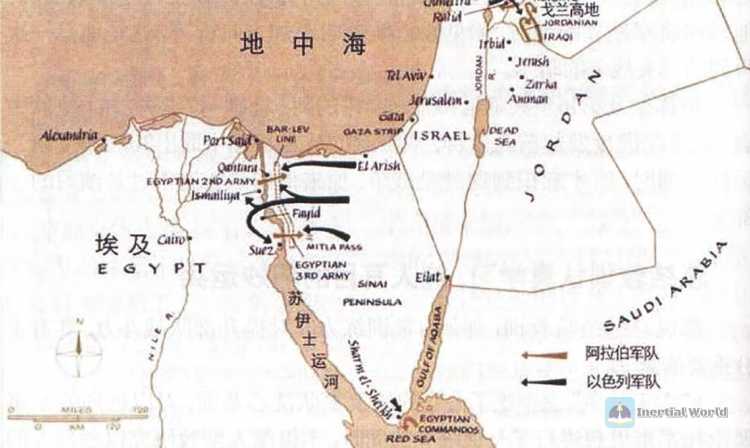
These crucial trainings played a crucial role in the battle to cross the river on October 7. 300 of the 360 Israeli tanks guarding the canal were destroyed by Egyptian soldiers with anti-tank missiles. Three Israeli armored brigades were eliminated at the cost of only five aircraft, 20 tanks and 200 soldiers.
After the war, an Israeli soldier stationed on the Sinai front recalled painfully: "Israeli tanks were like South African Zulus rushing towards machine guns. In just ten minutes, eight American M-60 tanks turned into fireballs." Sharon, who was fighting on the front line, painfully admitted: "We are being forced to follow the Egyptians’ steps without making any efforts to change it."
Before the war, in order to conceal their true intentions and prevent the Israelis from noticing the Egyptian army’s true intentions, the Egyptian army hid all the equipment prepared for the battle to cross the river, disguised them with large wooden boxes specially made for daily equipment storage, and placed them in seemingly inconspicuous places until the battle started. In addition, the Egyptian army dug deep trenches close to the canal to facilitate the night travel of trucks loaded with equipment.
In order to further confuse the Israeli army, even the mobilization of Egyptian troops on the front line was carefully arranged, causing the Israeli intelligence department to misjudge that the Egyptian army was actually conducting a military exercise.

For example, a brigade swaggered into the canal front in the daytime. At night, the brigade actually only sent out one battalion. The brightly lit return to the rear from the canal gave the Israeli side the illusion that the Egyptian brigade had completed training and withdrawn from the canal during the day. In this way, Egypt has gathered more and more troops to the canal front in the past four months without anyone noticing.
From January 1973, the Egyptian army secretly mobilized reserve troops for training several times, as many as 20 times; it also organized two major military exercises for reserve personnel retired from active troops. By the end of September 1973, the Egyptian army mobilized all reserve personnel who had retired from active service, and the mobilization order was accompanied by a meaningful order: "They will be demobilized on October 8th.
On the other hand, the Israeli intelligence agencies only paid attention to the fact that the civil defense organizations of Egypt and Syria were not transferred to active service. They did not create a serious situation that war was imminent, nor did they plan to mobilize the entire population to prepare for war. Everything seemed so calm.
Post-war accountability, revealing the truth of the matter
Although the Israeli army, which was attacked by surprise, eventually won the Fourth Middle East War, with only 2,500 deaths and 7,500 injuries. However, such casualties were by no means a small number for Israel, which had a total population of only 3 million at the time. The casualty rate reached 0.3% of the total population. Almost every household in Israel had someone who died for the country. The scene of "no household without mourning, and sad songs everywhere" fell on Israel for the first time, which had only been established for 26 years.
The pain of losing loved ones will always remain in the hearts of every Israeli. The cruel war forced them to reflect on such a question: "Faced with the sneak attacks of the Egyptian and Syrian armies, why did the Israeli army, which had the advantage in strength, not prepare at all in advance?
For this reason, after the Yom Kippur War, which was unforgettable to the Israelis, Israel established a committee headed by Agranat to investigate why the Israeli army did not detect the situation in time and respond in time before the war and the specific responsibilities. For this reason, Major General Iri Zera, the director of the Israeli Military Intelligence Bureau who was under investigation, produced a report on Israel’s national intelligence judgment. Through this report, we can find such details. It turns out that through various signs, the Israeli intelligence agency has discovered that the Egyptians were once ready to attack in 197 The situation of the war in May 1933.
At that time, the Egyptian armored forces on the ground moved to the canal. In April and May, the Egyptian army built about 65 tank bunkers along the canal line, raised their main fortifications on the front line to monitor the Israeli fortifications; at the same time, they opened a new channel leading to the lower river.

Israeli intelligence agencies also noticed that during this period, the Egyptians mobilized civil defense organizations and called on citizens to donate blood. They announced that lights would be cut off in many cities in Egypt to protect bridges. Sadat’s speech on the "all-out confrontation stage" was actually equivalent to a declaration of war.
Although the above-mentioned combat preparations of the Egyptian army were known, the Israeli intelligence at that time The agency still stubbornly believed that the Egyptian army dared not attack Israel easily. The reason they gave was that the Egyptian army could not cope with the fierce air strikes of the Israeli Air Force. Therefore, they judged that Sadat was just pretending. Although he assembled a large number of troops, he would withdraw the troops at a critical moment.
Today we learned that Sadat deliberately modified the original combat plan and changed the action to October, but the Israeli intelligence agency did not realize that the Egyptian army that assembled troops in May did not take action, which was already a very obvious and dangerous signal of war. It was this intelligence report that made an unforgivable mistake in judgment and estimation.
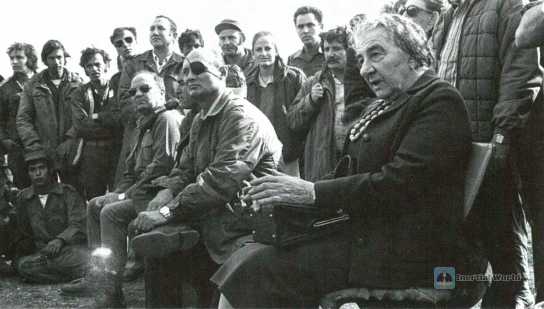
Unexpected What is surprising is that the investigation committee led by the President of the Israeli Supreme Court, Shimi Agranat, spent several months investigating the responsibility for the war, and the chain reaction it brought was shocking. Due to the responsibility for Israel’s intelligence failure, the fourth Israeli Prime Minister, Mrs. Golda Meir, was forced to resign. The Labor Party, which had been in power in Israel for 30 years, withdrew from the stage of history, becoming a watershed in Israel’s domestic politics.
Let’s look back at the Hamas raid on Israel. Faced with a lot of doubts, Israeli military spokesman Richard Hecht avoided talking about whether the Israeli army would repeat the mistakes made in intelligence during the Fourth Middle East War. He just said lightly: "At present, Israel’s focus is on the current battle and protecting civilian lives, and then we will discuss what happened in intelligence. ”
A British magazine wrote an article and boldly predicted that after the Hamas attack is completely quelled, Israel is likely to set up an investigation committee similar to that headed by Agranat again, just like it did after the "Yom Kippur" war decades ago, and investigate the responsibility for the war again.
Looking back at the previous Middle East wars and Arab-Israeli conflicts, although Israel won the final victory, it did not win peace, and the war in the Middle East is still continuing.










